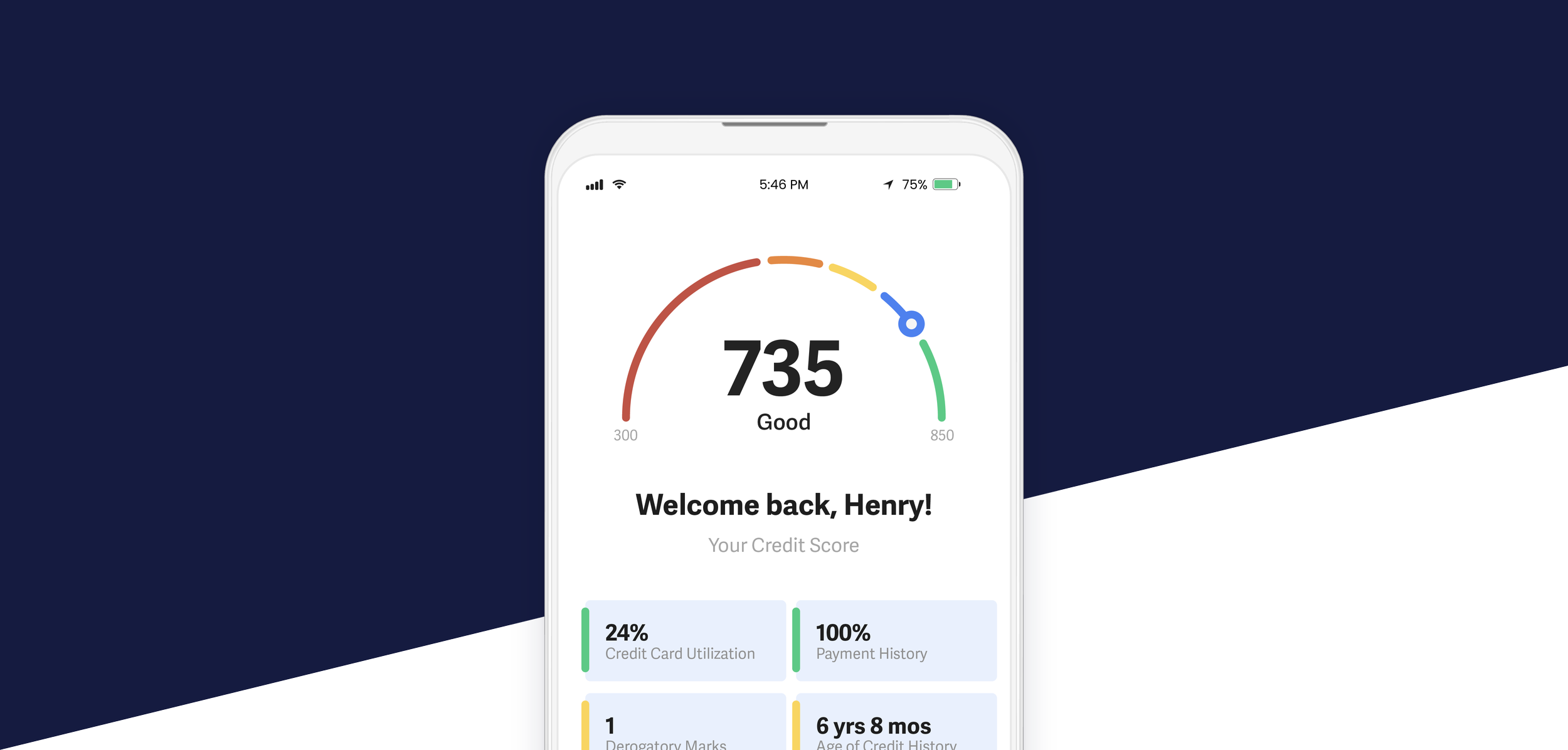Lease Buyouts: A Comprehensive Guide
When you lease a car, you’re essentially “renting” it for a specific period of time: enjoying the benefits of a new vehicle without the long-term commitment of ownership.
Leasing is often convenient and more affordable than paying the full upfront cost of purchasing a car, but what happens when the lease term comes to an end? A variety of options—returning the car, leasing a new one, or buying out your lease—ensue. Many people ultimately choose a lease buyout to stick with the vehicle they’re already familiar with.
With the market becoming more and more unpredictable in recent years, lease buyouts have indeed become more popular. Let's explore what a lease buyout means, how it works, which types of leases are available, and pros and cons to learn whether this is the right move for you.
What is a lease buyout?
Leasing a car is often an appealing choice, one that gives you the option to “rent”—typically for three years—while agreeing to a mileage limit. With no need to pay full price for the car, you can enjoy lower (and flexible) monthly payments but must weigh next steps and corresponding options carefully when the lease term ends.
One such option is to buy the car you're leasing to continue driving the vehicle you're already familiar with—rather than return it—via a lease buyout. The buyout price is typically determined by the car's residual value (an estimate of what the car will be worth at the end of the lease), and additional fees or taxes apply in some cases. The overall process, however, is generally straightforward.
4 reasons to consider a lease buyout
Here are some compelling reasons to consider a lease buyout:
1. Comfort and convenience
Your familiarity with the car's performance, features, and maintenance history means there are no surprises. Plus, you can avoid the need for lease-end inspections altogether.
2. No wear-and-tear charges
Exceeding the mileage limit or causing excessive wear on your leased car may result in significant expenses. Buying out the lease, however, eliminates these potential costs.
3. The car's market value
If the market value of your car is higher than the buyout price, purchasing it is perhaps a smart move; you can sell the car to buy a newer one post-buyout.
4. Long-term savings
In some cases, the cost of car ownership (financing, insurance, and maintenance) is lower than the continued cost of leasing. Purchasing is therefore sometimes worthwhile if you plan to keep the vehicle for an extended period of time.
How does a lease buyout work?
Determined a lease buyout is the best option for you? Great! Next steps are as follows…
1. Check your lease agreement
Review your contract, which should list the car’s residual value and any applicable fees, to locate the buyout price.
2. Evaluate the car’s market value
Compare the buyout price to the current market value using websites (e.g., Kelley Blue Book, Edmunds, or CarMax) to estimate the car's worth. If the market value exceeds the buyout price, a buyout is often a good deal.
3. Contact the leasing company
Get in touch with your leasing company and inform them of your intention to buy out the lease, requesting the paperwork and confirming any additional costs (e.g., taxes, transfer fees, or administrative charges).
4. Obtain financing
Decide how you’ll pay for the buyout (savings, a bank or credit union loan, or financing through a leasing company), comparing various loan terms before making a final decision.
5. Complete the buyout process
After agreeing to the buyout price and procuring financing, complete the paperwork and pay the buyout amount—which typically involves signing a bill of sale and transferring vehicle ownership to your name.
From there, prepare the following documents you may need for the lease buyout:
Lease agreement: Outlines lease terms including the buyout price and any applicable fees
Vehicle inspection report: Provided if you have the vehicle inspected (keep a copy for your records)
Financing documents: Includes documents such as proof of income and credit history for financing purposes
Some financial considerations you may need to make for the buyout include:
Buyout price: Consider this (crucial) price and compare it to the current market value of the vehicle.
Financing costs: If you're securing financing for the buyout, factor the interest rate and loan term into your total cost.
Taxes and fees: Additional costs are sometimes associated with the buyout such as sales tax and title transfer fees.
Insurance costs: Auto insurance costs may change post-purchase, so calculate this into your budget accordingly.
Types of lease buyouts
In choosing when exactly to proceed with the buyout, you’ll typically encounter two primary options as it relates to timing: end-of-lease buyouts and early lease buyouts.
End-of-lease buyouts
As the most common type of lease buyout, this occurs at the end of the lease term wherein you purchase the car for its residual value (the pre-determined value of the car at the end of the lease) specified in the lease agreement.
This option—ideal for drivers who love their current car and enjoy a residual value lower than its current market value—helps people avoid the hassle of returning the car and starting the lease process all over again.
As a practical example, consider a driver who's leased a compact SUV for three years, loves the car's performance, knows its maintenance history, and has kept it in good condition. The buyout price is $18,000, but the current market value for the same model is $22,000 due to rising used car prices. In this case, the driver chooses to buy out the lease at the end of the term as doing so is cheaper than purchasing a similar used car from the marketplace.
Early lease buyouts
You can also pursue an early lease buyout before the lease term ends, with the corresponding price including the car's residual value, remaining lease payments, and any early termination fees.
This option is ideal for drivers worried about exceeding mileage limits or incurring wear-and-tear fees and is also a good choice for those who simply no longer want to lease and prefer to own their vehicle outright. If the car's market value is higher than the buyout price at this time, opting for an early lease buyout is often financially advantageous.
Take a driver who recently leased a luxury car but accepted a job that requires frequent long-distance road trips. Likely to exceed her lease's mileage limit by 10,000 miles—triggering penalties—she learns the buyout price (including remaining payments) is $30,000 while the car's market value is $35,000. This driver thus chooses an early lease buyout to avoid excess mileage fees and secure a car she already knows is reliable.
Should you buy out a leased car?
Various factors will influence your decision to proceed with a lease buyout including…
The buyout price vs. market value
If the market value eclipses the buyout price, a buyout is likely a financially wise decision.
Your financial situation
Can you afford the buyout price upfront, or will you need financing? If you’re opting for a loan, ensure monthly payments fit your budget.
Vehicle condition and history
You know your car's history and can thus determine if it’s likely a reliable purchase, with related websites (e.g., Consumer Reports) available to provide predicted reliability scores for your specific make and model.
Your long-term plans
Do you foresee lifestyle changes or plan to keep the car for several years? A buyout is perhaps more effective than leasing another vehicle or buying a new one in this case.
Lease-end fees
If you're close to exceeding the mileage limit or the car has significant wear and tear, a buyout can help you avoid costly penalties.
Market trends
A lease buyout can save you money in a market with rising used car prices; if prices are dropping, however, waiting for a better deal on a new or used car might be the wiser choice.
Lease buyout pros and cons
Advantages of lease buyouts
Flexibility and control
Drivers most appreciate this aspect of lease buyouts whereby they keep the car they're already familiar with but can modify, customize, and use the vehicle however they wish.
Penalty avoidance
Buying out a leased car set to exceed the mileage limit and with heavy wear and tear is often more financially sound than paying heavy penalties.
Long-term savings
The total cost of ownership following a lease buyout may be lower than continued leasing costs.
Disadvantages of lease buyouts
Higher initial/ongoing costs
The buyout price is often a hefty upfront expense, and you’re then responsible for all ownership costs including loss of warranty coverage.
Depreciation potential
The vehicle may depreciate more quickly than anticipated, meaning you could incur a financial loss if you decide to sell it later on.
Interest rates
Financing the buyout may summon higher interest rates than leasing.
The final decision ultimately rests on your own unique financial situation, so carefully calculate your budget before moving ahead with a lease buyout.
Tips and additional considerations regarding lease buyouts
Rushing to decide whether or not a lease buyout is right for you can be costly, so avoid making this mistake to save time and money. In doing so…
Thoroughly review your lease agreement, paying attention to important terms and conditions to avoid unexpected costs.
Perform comprehensive market value research for your vehicle.
Never underestimate ownership costs that can strain your budget, using an online lease buyout calculator to help estimate the total cost of ownership and comparing the same to your lease.
Consult a professional advisor who can provide personalized guidance based on your specific financial situation and help you make an informed decision.
Can you negotiate the buyout price of a lease?
While you can indeed negotiate the price of your buyout, know this is not an easy thing to do as the car’s residual value is pre-calculated and typically doesn’t change.
In sum: lease buyouts
Lease buyouts are often an excellent choice for those who value familiarity and potential cost savings when it comes to their vehicles. While you can buy out your lease early or at the end of the lease term and enjoy the car you already know and trust, it’s prudent to evaluate your financial situation, the car's market value, and your long-term plans before deciding to do so.
Research your options carefully—understanding your lease agreement terms—and consult with a financial advisor or auto industry expert to receive valuable insights that can help you nail down a choice aligning with your needs and budget.
Have questions about lease buyouts or any other financial challenge for that matter? Schedule a FREE discovery call with one of our CFP® professionals to get them answered!
People also ask
-
While you can indeed negotiate the price of your buyout, know this is not an easy thing to do as the car’s residual value is pre-calculated and typically doesn’t change.
About the author
The content in this post was developed by our team of writers and reviewed by our team of CFP® professionals here at Vision Retirement.
Retirement Planning | Advice | Investment Management
———
Vision Retirement is an independent registered advisor (RIA) firm headquartered in Ridgewood, New Jersey. Launched in 2006 to better help people prepare for retirement and feel more confident in their decision-making, our firm’s mission is to provide clients with clarity and guidance so they can enjoy a comfortable and stress-free retirement. Schedule a no-obligation consultation with one of our financial advisors today!
Disclosures:
This document is a summary only and is not intended to provide specific advice or recommendations for any individual or business.




